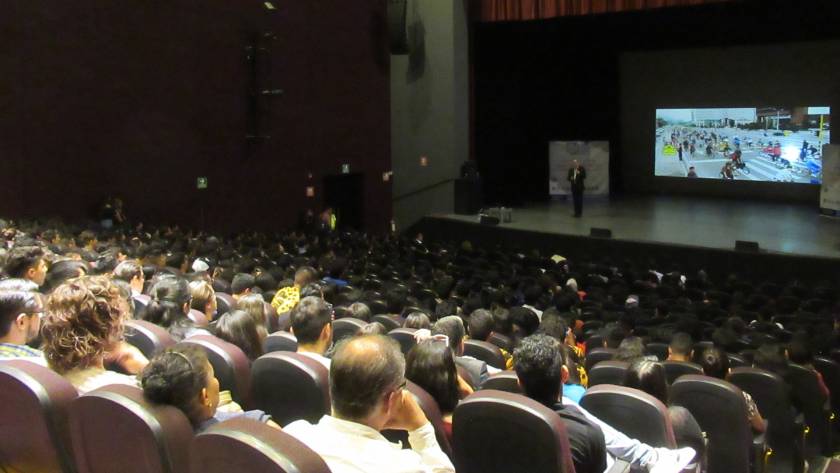




Key Takeaways
⇢ Cycling infrastructure is rarely neutral - the design and politics behind bike lanes
reflect embedded power dynamics and societal values.
⇢ Phrases such as “Traffic flow”, “networks”, and “production streets” reflect a
worldview where streets serve cars, not people. This narrows our collective
imagination of what streets could be—social, playful, democratic, and
multifunctional.
⇢ Treating cities as systems to…




Key Takeaways
We shape our environments and they, in turn, shape our behaviours, health, and social systems.
Five‑Stage Virtuous Cycle for Impact:
People with a shared purpose
Ideas that reframe challenges as opportunities
Projects to prototype and learn
Capabilities to institutionalize methods
Leadership to share and scale insights
…



Key Takeaways
Human-Centric, Data-Informed Urbanism: It is vital to combine observational insights with new digital tools to understand how people actually use urban spaces. This includes measuring public life and leveraging qualitative inputs (such as participatory photography and map-making) alongside quantitative data.
Summary
Cities must transition from fixed long-term plans to agile…

